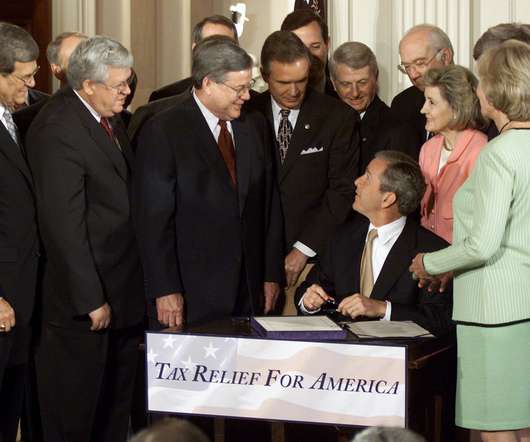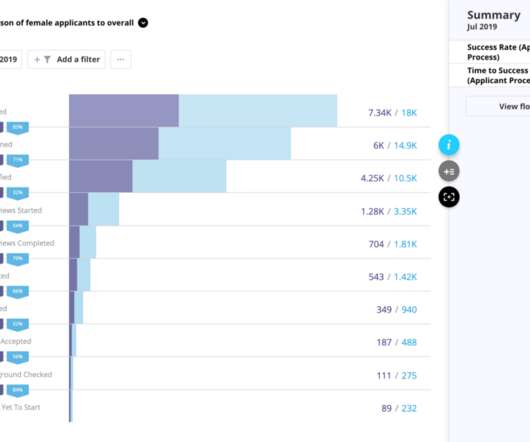Talent Symposium
Workforce Opportunity Services
OCTOBER 29, 2024
He served in multiple roles with IBM, starting as an advisory project leader, project executive, Director of Sales, West Region VP of Maintenance and finally Vice President Professional Services before retiring to join Toshiba Global Commerce. Prior to joining WOS, Steve spent four years at Computer Generated Solutions, Inc. CLOSE Nicholas M.


































Let's personalize your content